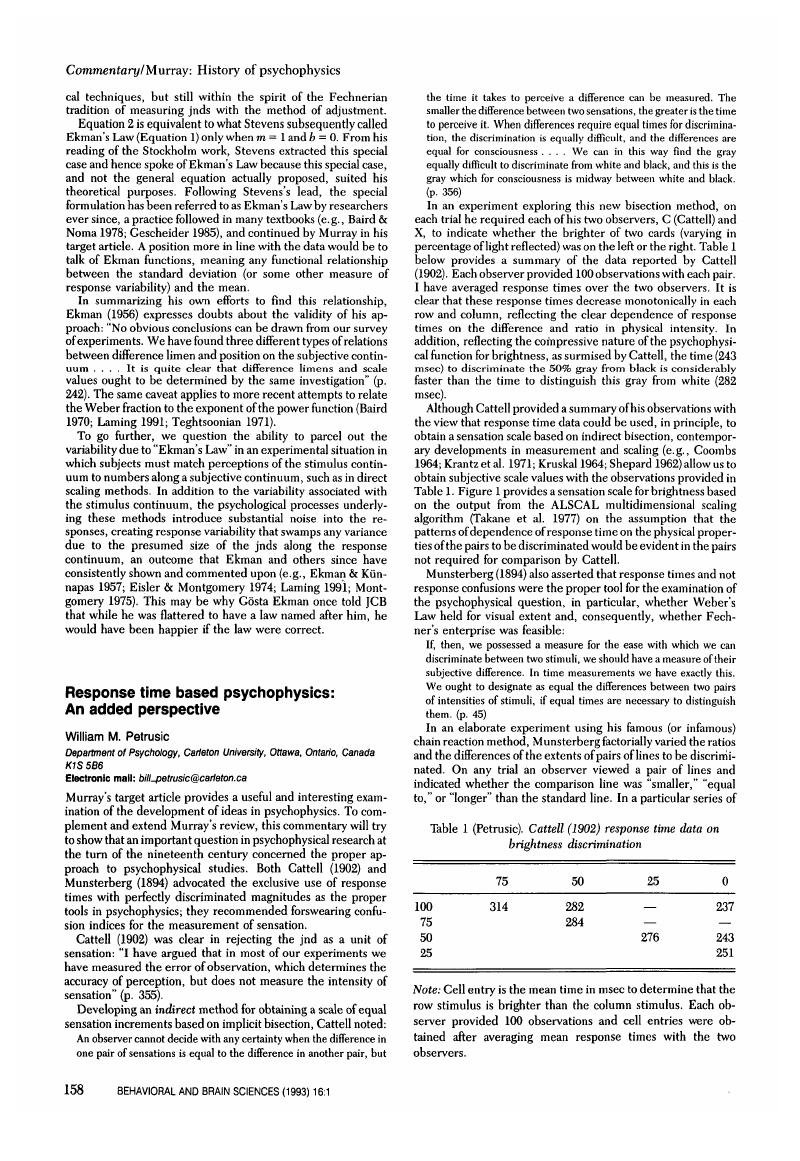Crossref Citations
This article has been cited by the following publications. This list is generated based on data provided by Crossref.
Ehrenstein, Walter H.
and
Ehrenstein, Addie
1999.
Modern Techniques in Neuroscience Research.
p.
1211.


